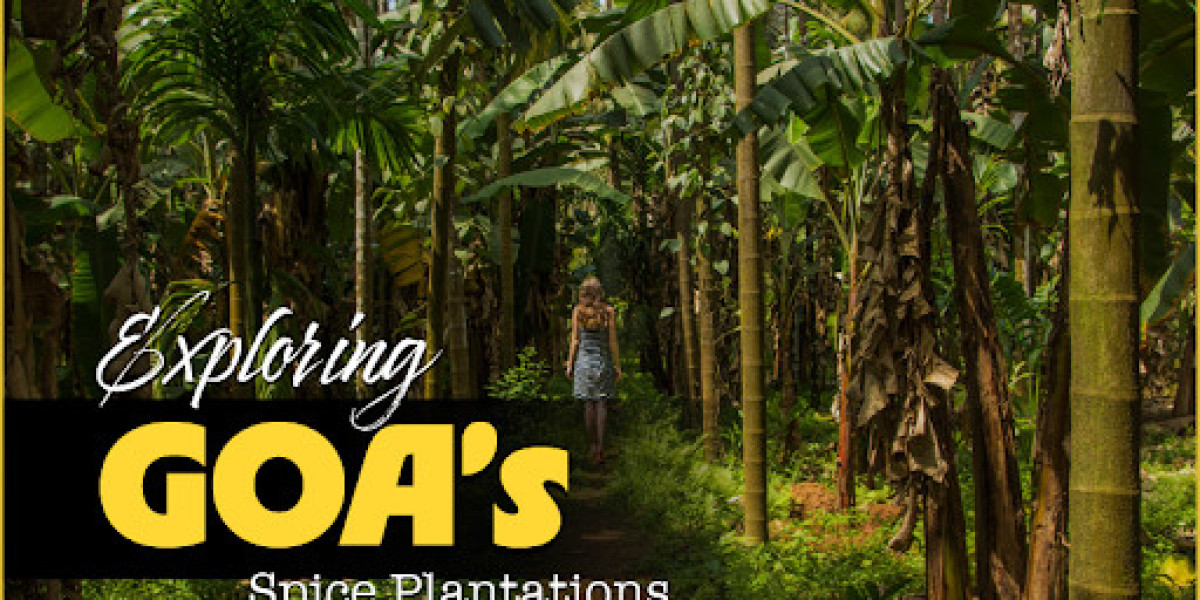Goa, renowned for its sun-kissed beaches and vibrant nightlife, offers a lesser-known yet equally captivating facet—its spice plantations. Nestled in the verdant interiors of the state, these plantations provide a sensory journey into the heart of Goa's agricultural heritage. For travelers seeking an authentic experience, visiting these spice estates is a must.
A Glimpse into Goa’s Spice Legacy
Goa's spice plantations date back centuries, with many established during the Portuguese era. These estates cultivate a rich variety of spices, including black pepper, cardamom, cinnamon, nutmeg, and vanilla. The fertile soil and tropical climate of Goa create an ideal environment for these aromatic plants to thrive.
Top Spice Plantations to Visit
- Tropical Spice Plantation (Keri, Ponda):
Located approximately 6 km from Ponda, this plantation offers guided tours through lush greenery. Visitors can witness the cultivation of various spices and enjoy demonstrations on traditional practices like coconut tree climbing and feni-making. The experience culminates with a traditional Goan meal served on banana leaves. - Sahakari Spice Farm (Curti, Ponda):
Situated in the heart of Goa, Sahakari Spice Farm is known for its rich biodiversity. The plantation offers elephant rides, folk dance performances, and a chance to taste local delicacies. The guided tours provide insights into the medicinal properties of various plants grown here. - Savoi Spice Plantation (Savoi, Ponda):
As one of the oldest spice plantations in Goa, Savoi offers a historical perspective on spice cultivation. The estate provides a comprehensive tour, showcasing traditional farming techniques and the diverse range of spices cultivated.
The Spice Plantation Experience
A typical visit to a Goan spice plantation begins with a traditional welcome, often involving aarti and garlanding. Visitors are then guided through the estate, learning about the cultivation and processing of various spices. The tours are interactive, with opportunities to engage in activities like coconut tree climbing demonstrations and feni-making sessions.
After the tour, guests are treated to a traditional Goan meal, often served on banana leaves, offering a taste of authentic local cuisine. The meals typically include dishes like rice, dal, vegetable curry, and local seafood, accompanied by traditional beverages.
Best Time to Visit
The ideal time to explore Goa's spice plantations is during the cooler months, from October to March. The monsoon season (June to September) transforms the plantations into lush green landscapes, offering a different yet equally enchanting experience. However, the summer months (April to early June) are generally avoided due to the state's scorching heat.
Planning Your Visit
To reach these plantations, visitors can hire taxis or rent vehicles from major towns like Panaji, Margao, or Calangute. It's advisable to book tours in advance, especially during the peak tourist season, to ensure a spot and to enjoy personalized experiences.
For travelers planning a trip from USA to Goa, booking international flights is the first step. Indian Eagle is a reputable platform offering affordable international flight tickets to India. By comparing various airlines and flight durations, travelers can find the best deals tailored to their preferences.
Visiting Goa's spice plantations offers a unique and enriching experience, providing insights into the state's agricultural traditions and natural beauty. Whether you're a nature enthusiast, a culinary aficionado, or someone seeking a tranquil retreat, these plantations promise a memorable journey into the heart of Goa's heritage. So, the next time you're in Goa, take a detour from the beaches and delve into the aromatic world of its spice plantations.




